Patients face continued pressure across the north and north-east with fewer operations carried out, bed-blocking figures up and long waits for treatment since the pandemic, according to a six-month snapshot of the NHS.
We launched a data project in August which showed NHS waiting times for key services soaring across the Highlands and Grampian.
Now, six months on from the launch, the latest figures show the situation has continued to worsen across many areas.
The figures reveal:
- NHS Grampian and NHS Highland are scheduling fewer operations than before the pandemic and cancelling a high number at short notice.
- A rise in the number of “bed-blocking” patients unable to leave because care outside hospital is not ready is rising – with a big jump in the north.
- Breast cancer treatment waiting times continue to be poor in NHS Highland, with almost half of patients waiting beyond the target 31 days for treatment.
- There are long mental health waits in NHS Highland.
- Waiting times for a wide variety of diagnostic tests from endoscopy to colonoscopy continue to be lengthy across the north and north-east.
Cancelled operations
NHS Grampian and NHS Highland have not recovered to the point where they schedule the same number of operations as they did before the pandemic.
There was a peak of 2,300 operations planned by NHS Grampian in May 2022, compared to more than 3,000 a month before Covid-19 struck.
In August 2022, the health board cancelled the highest proportion of its scheduled operations on record.
Of the 2,241 operations scheduled, 339, or 15%, were cancelled.
Just over half (178) were cancelled because of capacity reasons – this was the largest proportion of operations cancelled for capacity reasons on record.
NHS Highland also saw a reduction in the number of planned operations, with 970 operations scheduled in November 2022 compared to around 1,300 a month pre-pandemic.
Shetland, Orkney and the Western Isles are faring better than the rest of Scotland. The number of planned operations appears to have bounced back there and, in some months, overtook pre-pandemic levels.
‘Bed blocking’
One of the major reasons contributing to the pressures on hospitals is bed blocking, formally known as delayed discharge, which reached record heights across Scotland in November 2022 at an average of 1,950 delayed discharges a day.
Delayed discharges in NHS Highland have been rising with big jumps in recent months, above pre-pandemic levels.
There was a record 164 daily delayed discharge days in November 2022, equivalent to nearly 5,000 delayed discharge days over the month.
Bed blocking is also on the rise across Grampian and has recovered to pre-pandemic levels, with 133 daily delayed discharge days in November 2022.
A&E waiting times
The Scottish Government has been put on the spot over worsening A&E waiting times in recent months, with new records for poor performance.
In October 2022, only 68.5% of patients were admitted, discharged or transferred within four hours of arrival, against a target of 95%, in Grampian.
This is the health board’s worst monthly performance, with monthly data for December yet to be released but likely to be worse.
Weekly figures show just over half (51.9%) of patients were seen within four hours – the worst weekly performance on record.
NHS Highland has historically performed well on A&E targets and the situation is not as bad as in some areas.
At its worst so far in July 2022, 83% were seen in four hours, but there has been a rise at the tail end of longer waits, with 5% of patients waiting more than eight hours in October 2022.
The Western Isles consistently meets the target. Orkney and Shetland boards have not seen the same plunging performances as other northern health boards, and only fall slightly below target.
Waiting times for other services
Almost half of new breast cancer patients in the Highlands were left waiting more than a month for treatment, the latest data has shown.
Over July, August and September, 85 breast cancer patients were referred for treatment across the north of Scotland.
But only 45 patients were treated within the first month since diagnosis.
The cancer treatment tracker previously revealed increased breast cancer treatment waits in NHS Highland which we investigated and revealed staffing issues.
In both Highland and Grampian, four week targets for musculoskeletal services are not being met, according to the latest data from September.
Musculoskeletal issues include everything from slipped discs to knee problems.
Across Highland, nearly 70% of the 2,881 people on the list, have been left waiting more than four weeks for physiotherapy.
And almost half (55%) of the 4,190 people waiting in Grampian have waited longer than this target.
In NHS Highland, the number of patients who have been on a waiting list for more than 18 weeks for psychological therapies has grown.
The latest data from September 2022 shows there were 1,858 people on the waiting list for psychological therapies with three in four patients waiting over 18 weeks.
Health boards explain ‘extreme’ pressure
Sandra Macleod, of NHS Grampian, said there are extreme pressures.
“This is due to the number of acutely ill patients arriving at hospital, staffing and difficulties in discharging patients to community settings,” she said.
“At all times, emergency department cases are triaged, with those facing life-threatening situations being seen rapidly for life-saving treatment, as an absolute priority.
“We only postpone surgical procedures when it is absolutely unavoidable, and we apologise to patients affected by this. We work to reschedule operations at the earliest opportunity.”
An NHS Highland spokesman said performance in their emergency departments “compares favourably” with others.
“We have plans in place to support improving access waiting times, including scheduled care and psychological therapies, and we will be closely monitoring progress,” he said.
“We recognise that we still have work to do in order to further improve waiting times and performance, and this is set against a challenging environment that the recent levels of Covid-19 and flu has presented, as well as recruiting and retaining staff.”
Scottish Government on ‘challenges’
Health Secretary Humza Yousaf has come under sustained pressure in the past few months to tackle the mounting NHS crisis.
A Scottish Government spokesman said it is still an “incredibly challenging time” for health and social care but stressed this is “certainly not unique to Scotland” and is being felt “across the rest of the UK and beyond”.
He added: “We are already providing NHS Scotland with record investment and staffing levels, but plan to go even further to help ease the pressures being felt, including across the Highlands & Islands and the north-east.”
The Scottish Government provided £50 million to increase services like Hospital at Home, which offers treatment for elderly patients at home.
A further £40 million is being invested over five years to support cancer services and improve waiting times, with a focus on urology, colorectal and breast, with £10 million released in 2022-23.
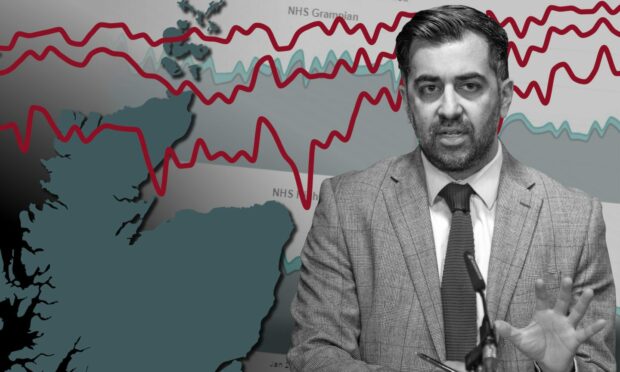
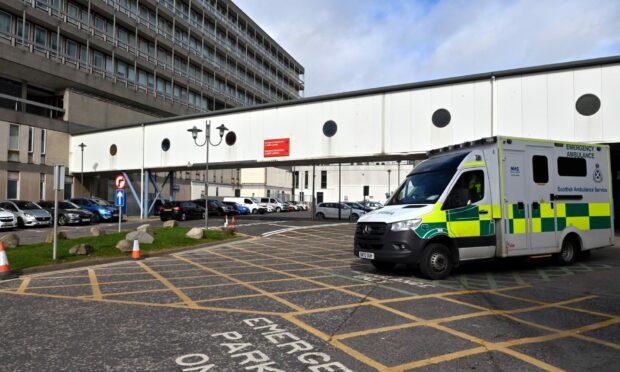
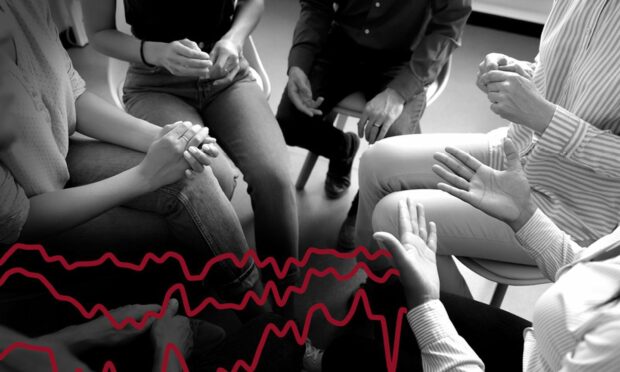
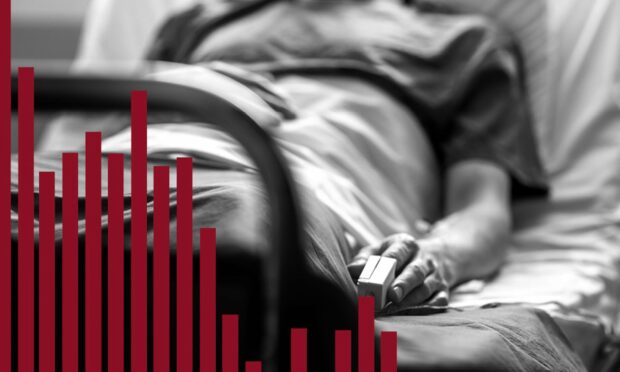

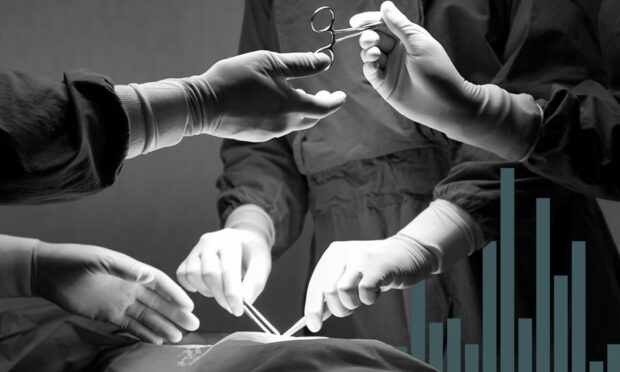
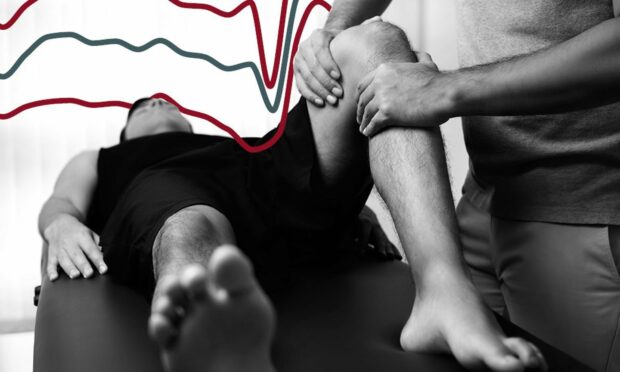

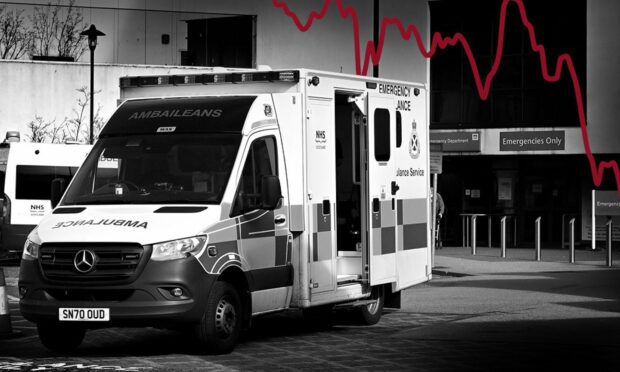
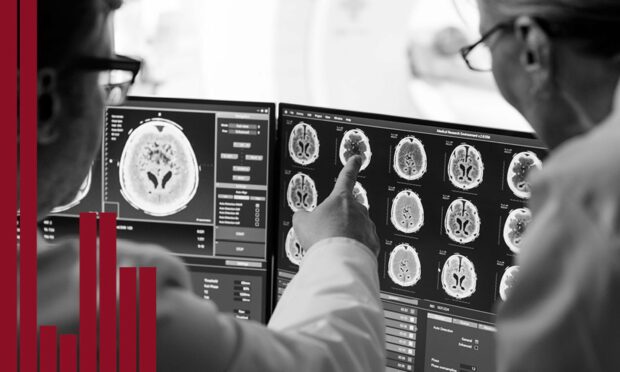
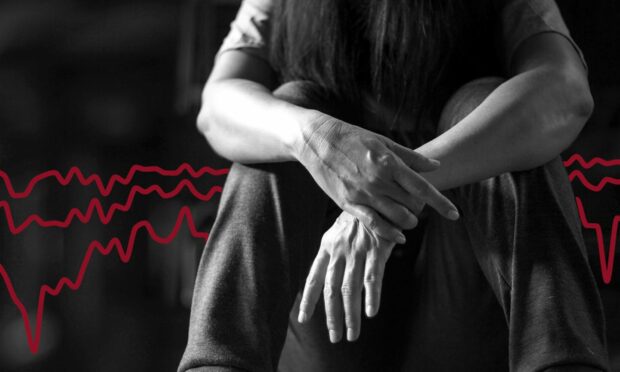
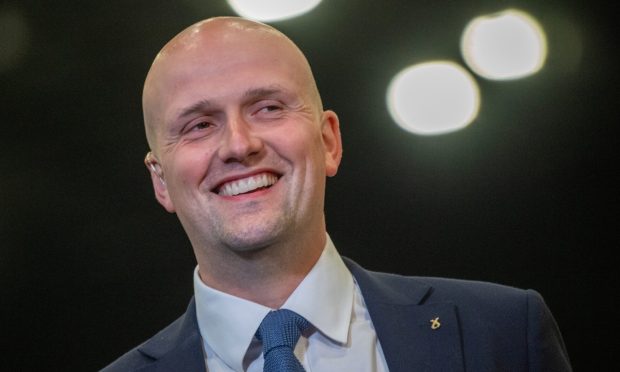

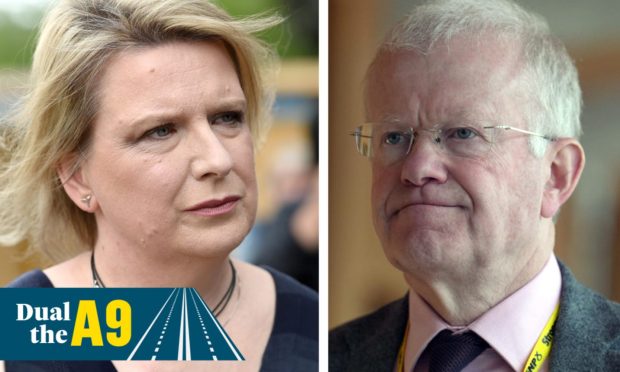
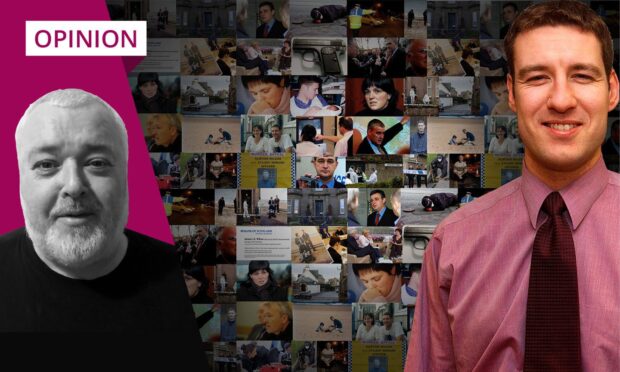
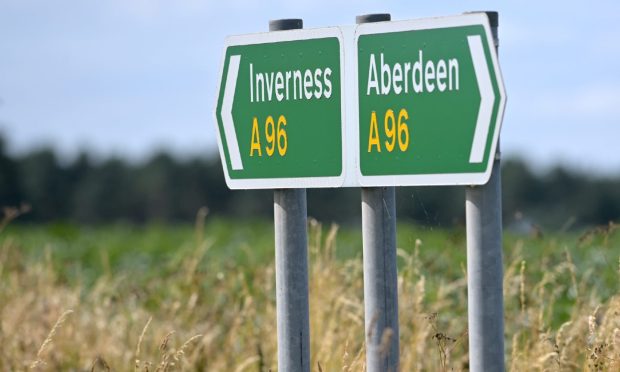
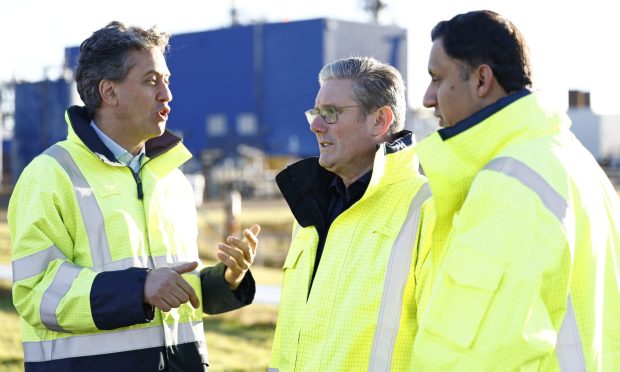
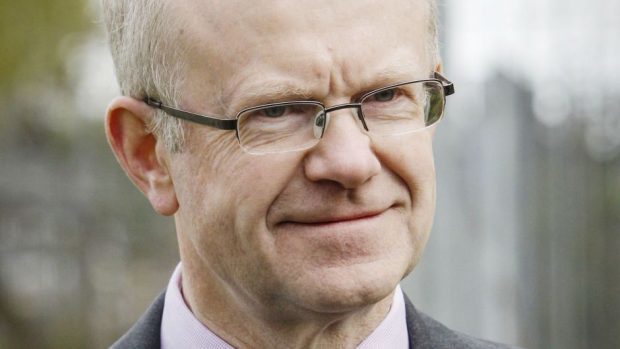

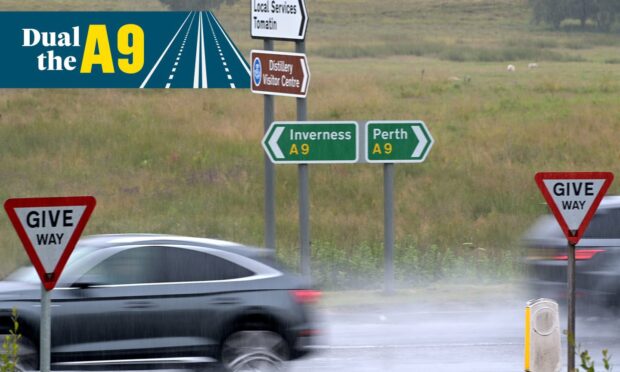
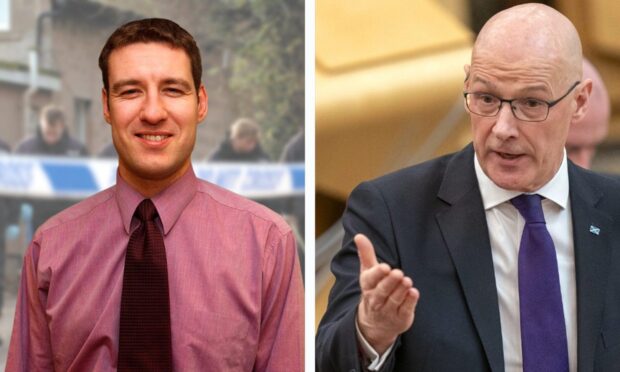
Conversation